It’s usually the illustrations that attract me to children’s books. I’ve found some wonderful children’s books, particularly about poets and artists, that I enjoy for awhile and then pass on to my grandchildren, Briar and Gage, or to a young friend.
The latest is On Wings of Words: The Extraordinary Life of Emily Dickinson (Chronicle Books, 2020). I’m a fan of Emily Dickinson’s poetry or perhaps I’m intrigued by her solitary life in her Amherst, Massachusetts home.
I was so fascinated by Emily Dickinson that my daughter’s name is Emily and when she was a teenager we took a drive from Toronto to Amherst, Massachusetts to see the Dickinson home. (We also went to Springfield, Mass where there is a basketball museum as that’s what my Emily especially wanted to see.)
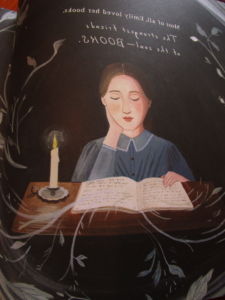 Jennifer Berne, the author of On Wings of Words, says her definition of poetry is as follows: “Poetry is a deep exploration of each subject the poet approaches. An exploration that starts with the poet looking, feeling, thinking. Wondering. Imagining. Discovering. Then – and this is the magic of poetry – through that exploration, words begin to emerge . . . “ She leaves us with the words of Emily Dickinson at the end of the book.
Jennifer Berne, the author of On Wings of Words, says her definition of poetry is as follows: “Poetry is a deep exploration of each subject the poet approaches. An exploration that starts with the poet looking, feeling, thinking. Wondering. Imagining. Discovering. Then – and this is the magic of poetry – through that exploration, words begin to emerge . . . “ She leaves us with the words of Emily Dickinson at the end of the book.
I reckon – when I count at all —
First – Poets – Then the Sun —
Then Summer – Then the Heaven of God —
and then – the List is done
But, looking back – the First so seems
to Comphrehend the Whole —
The Others look a needless Show —
So I write – Poets – All –
The artist of On Wings of Words is Becca Stadtlander who says the illustrations in the book “come from actual historical images whenever possible, maintaining historical accuracy while also allowing the imagery of the story to shine.”
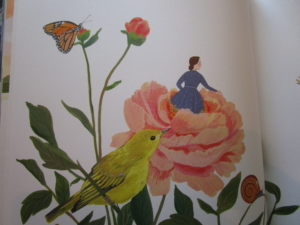 It sounds as if Stadlander had a challenge in interpreting the Dickinson poetry visually and she did a fabulous job. She says: “I love painting butterflies and saw them as a theme throughout the book, representing Emily’s relationship to nature and the beauty of her work. My hope is that young readers will see the things they love in these images and be inspired by Emily’s words.”
It sounds as if Stadlander had a challenge in interpreting the Dickinson poetry visually and she did a fabulous job. She says: “I love painting butterflies and saw them as a theme throughout the book, representing Emily’s relationship to nature and the beauty of her work. My hope is that young readers will see the things they love in these images and be inspired by Emily’s words.”
The story begins when Dickinson is born with excerpts from her poetry throughout the book. As Berne says: “Many of Emily’s poems are like puzzles or little mysteries – full of hints and riddles, visions, secrets and truths – waiting to be discovered and experienced.”
As a child Dickinson explored the outside world where “every bird, every flower, every bee or breeze or slant of light seemed to speak to her.”
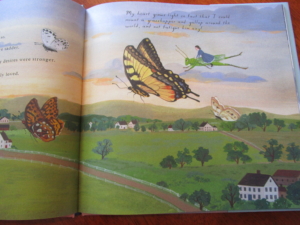 In one of her poems, Dickinson wrote:
In one of her poems, Dickinson wrote:
My heart grows slight so fast that I could
mount a grasshopper and gallop around the
world, and not fatigue him any!
Dickinson loved books: “To Emily every book was an adventure, a distant journey on a sea of words.”
At school, the principal separated the class into “Hopers” and “No-Hopers.” Dickinson was put in the group without hope. Yet, she had her own kind of hope.
“Hope” is the thing with feathers —
That perches in the soul —
And sings the tune without the words —
And never stops – at all –
As the book says, “Answers she couldn’t find in other people, she started to find in herself.” The more time she spent in her room writing and creating, the less time she ventured out. As Dickinson wrote: “Exhilaration is within.”
Dickinson’s brother Austin would “smuggle” books into the house for her and hide them in the piano if they had been forbidden.
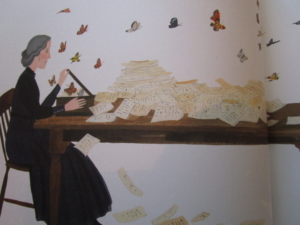 Her sister Vinnie (Lavinia), after Emily’s death in 1886, found drawers, trunks, boxes and closets full of poems. The author includes a section in the back of the book about “Discovering the World of Poetry.”
Her sister Vinnie (Lavinia), after Emily’s death in 1886, found drawers, trunks, boxes and closets full of poems. The author includes a section in the back of the book about “Discovering the World of Poetry.”
On Wings of Words is a wonderful way to share poetry with a younger audience. And an older audience gets to appreciate poets we’ve known about for a long time, in a fresh way complete with imaginative illustrations. As with many things we read, we get a different sense of a poem as years pass. We hear something we may not have heard before, related to the person we are now with our particular life experience.
I dwell in Possibility —
A fairer House than Prose —
More numerous of Windows
Superior — for Doors . . .

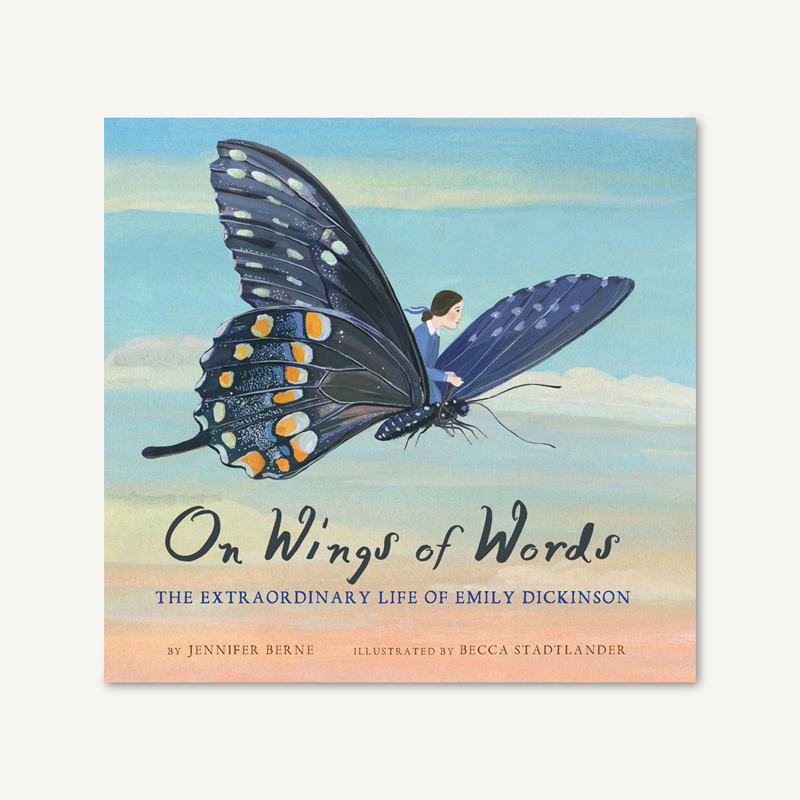



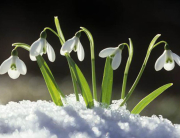
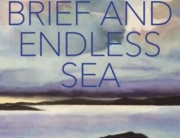




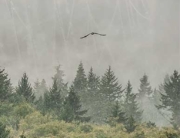
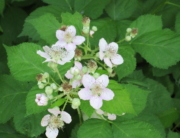
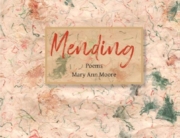

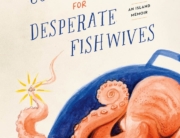





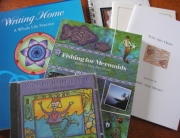
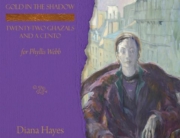
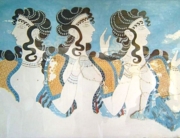

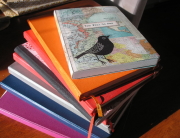


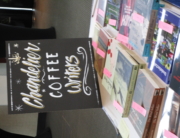







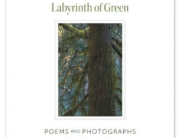

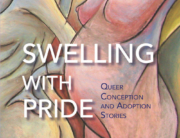





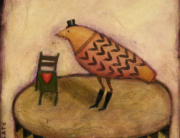





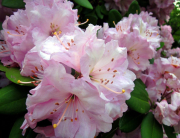

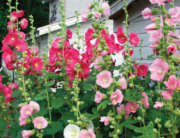

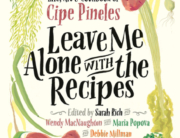
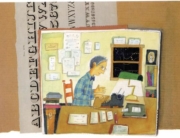
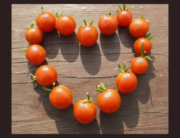



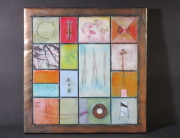



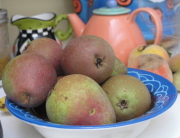





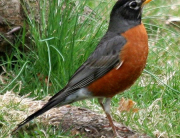





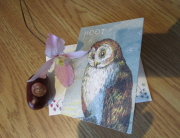
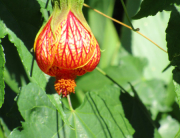

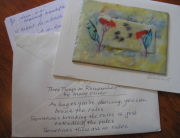
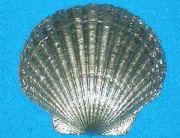
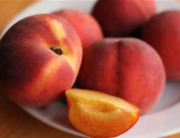


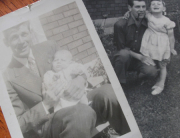
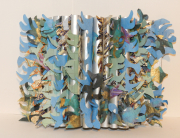




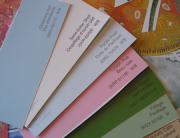

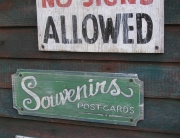

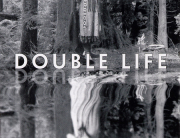


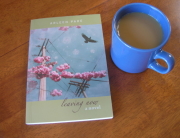



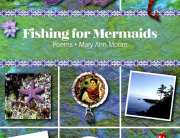

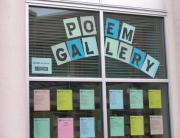
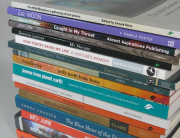

This is lovely. Emily Dickenson’s poetry, the artist’s superb work, and your gorgeous blog!